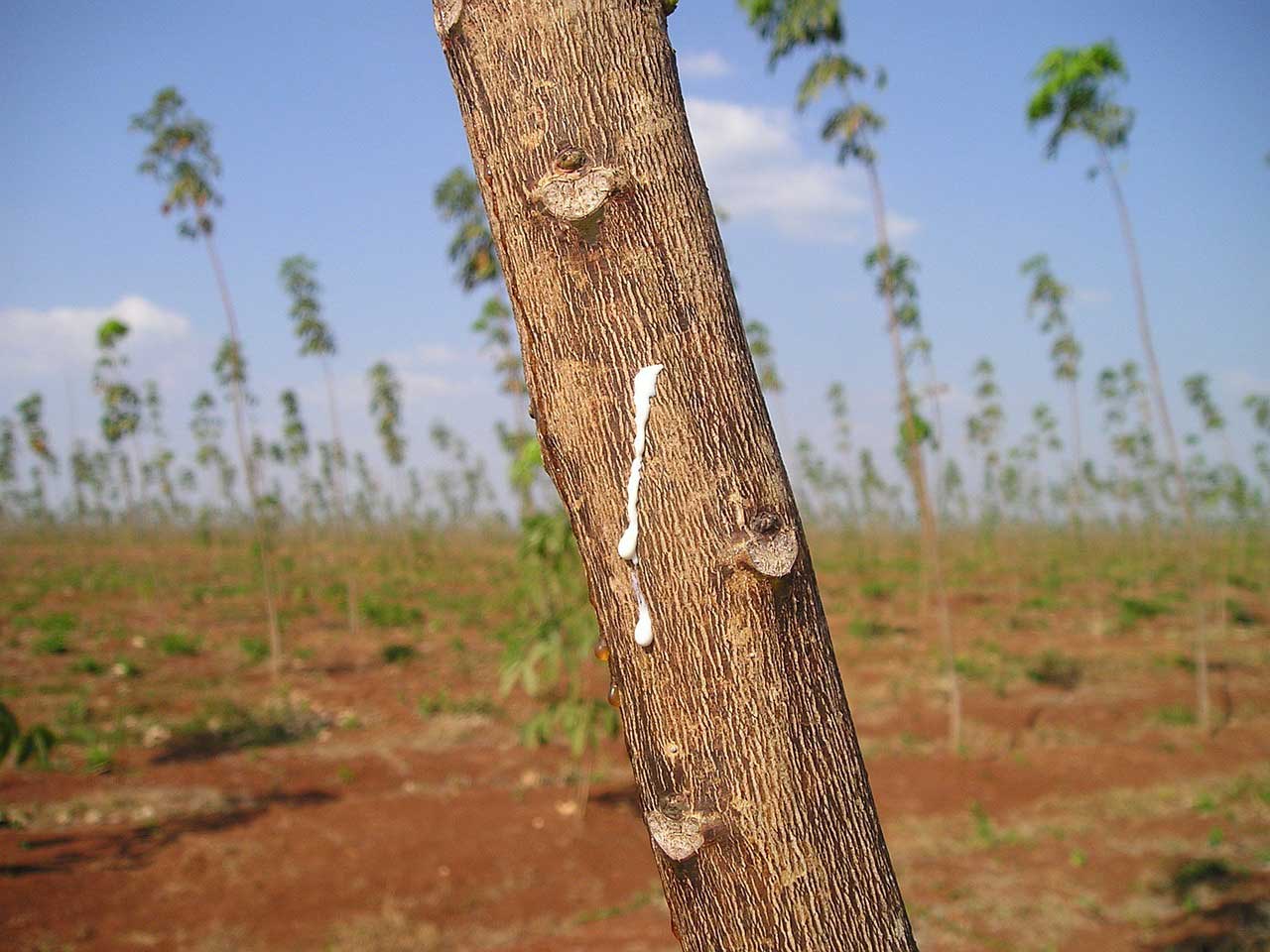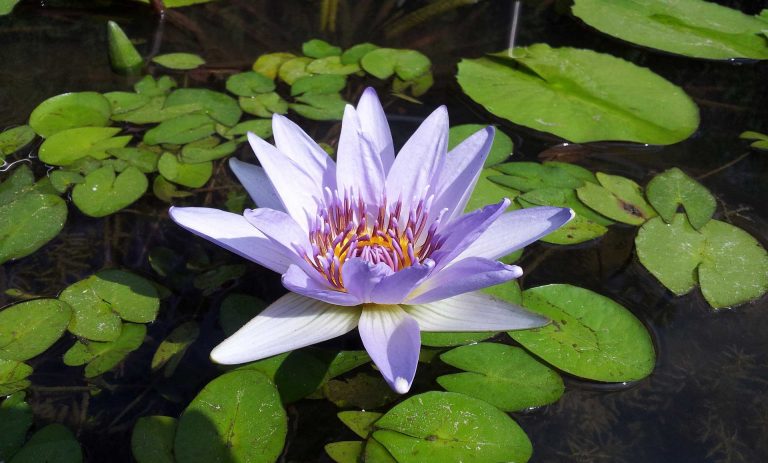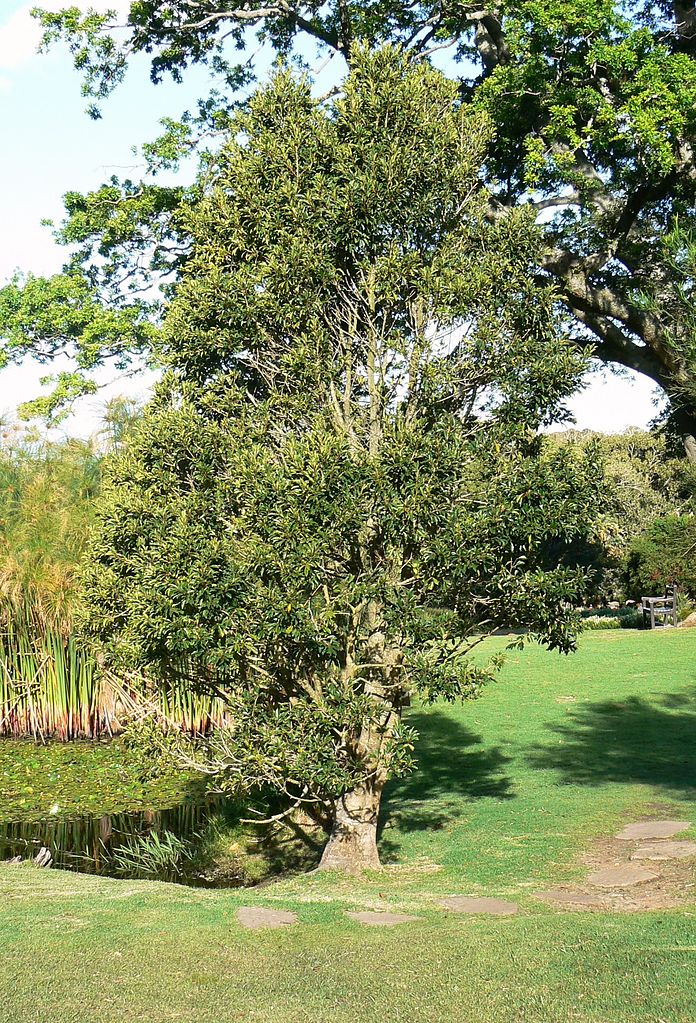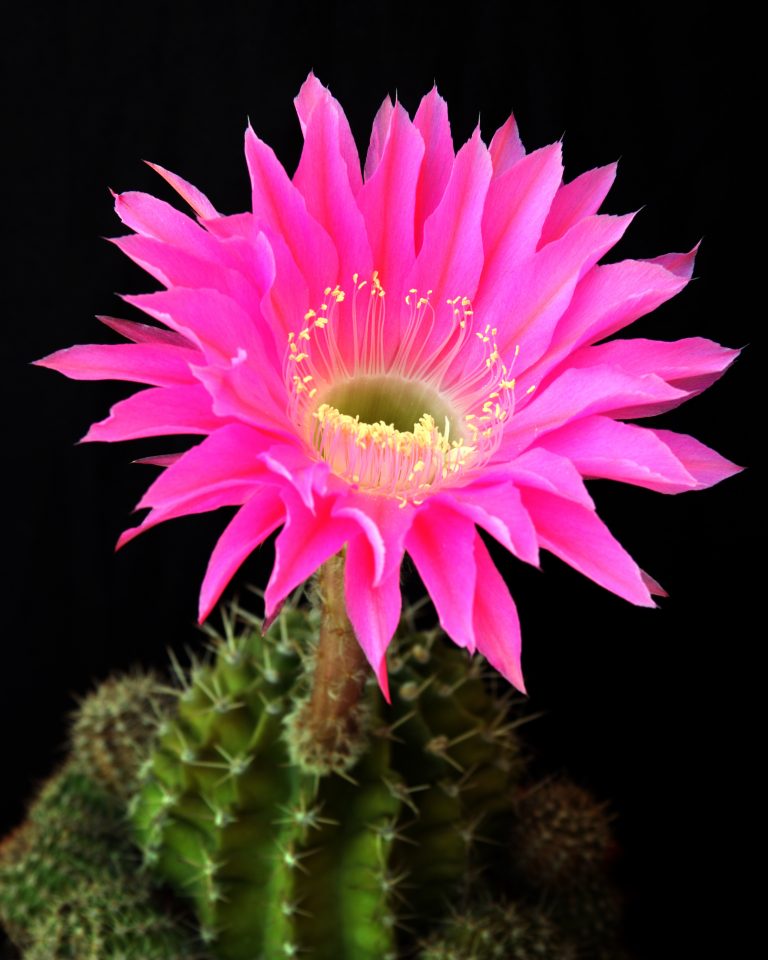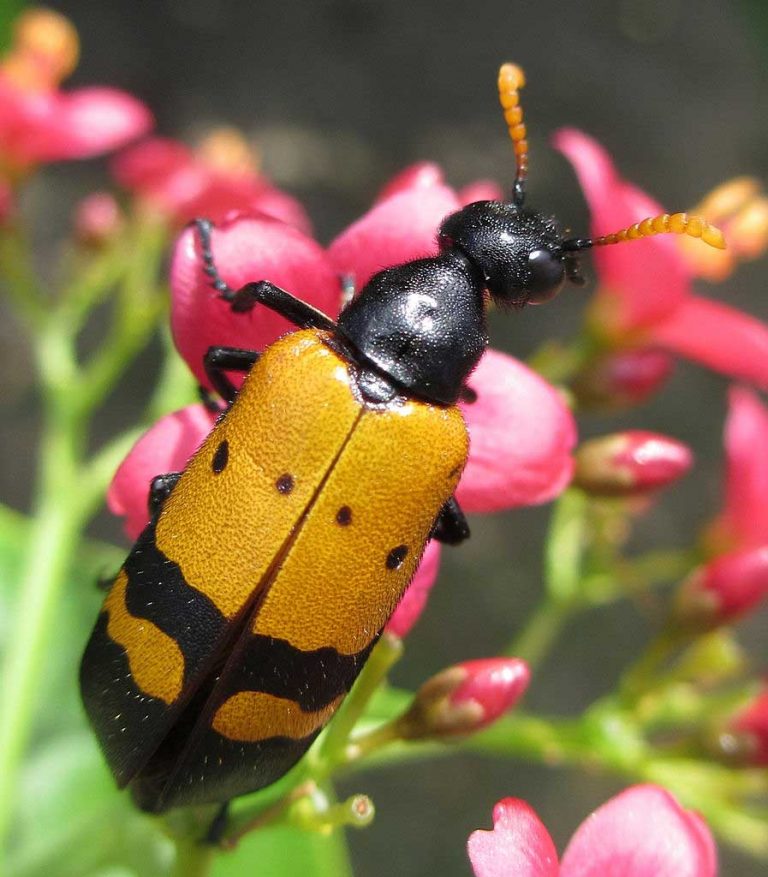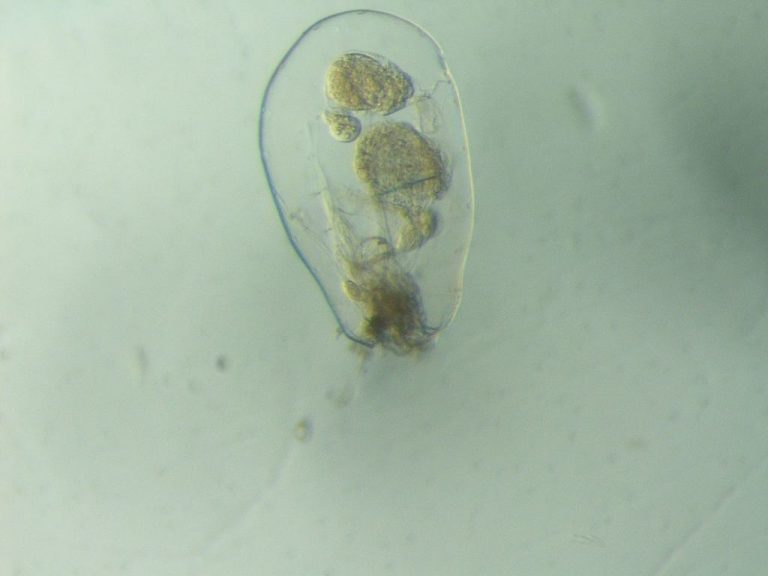Rubber Tree
Scientific Classification
| Kingdom: | Plantae |
| (unranked): | Angiosperms |
| (unranked): | Eudicots |
| (unranked): | Rosids |
| Order: | Rosales |
| Family: | Moraceae |
| Tribe: | Force |
| Genus: | Ficus |
| Subgenus: | Urostigma |
| Binomial name: | Ficus Elastica |
A rubber tree is otherwise called Ficus elastic. These big rubber trees grow to heights of 50 ft. While making a study of nurturing rubber tree plants, there are certain hints to be observed. There aren’t that many problems in caring for rubber plants.
Anatomy
The leaves rubber plant leaves are thick, big and shining. The sheaths of the fresh leaves are rose colored. Rubber trees do not need much care for growing in houses. It needs a lot of space for growing.
Growing at Home
Soil for Growing
A soil which is used for potting and that which drains fast is good.
Do not plant your rubber in garden soil; instead plant it in the fine potting soil of your house plan.
Planting
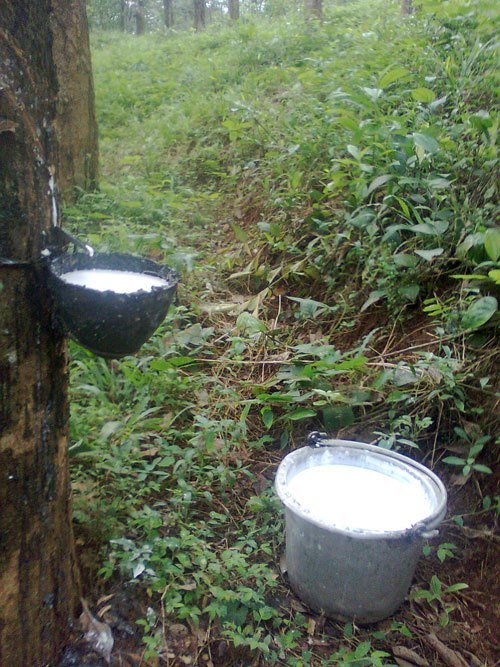
Photo by: Irvin Calicut
As far as care for rubber plant is considered, the right proportion of light and water is essential It is crucial that you limit the supply of water to the plant since it is vital that they receive both in the right quantity.
The rubber plant flourishes well where it receives complete or incomplete sunlight. Take precaution never to accommodate the plants where it receives sunshine directly throughout the day. Accommodate your plant in such a position where your shadow falls simply on the wall just in the rear of the plant during the day time.
The rubber plant requires occasional relocating into bigger sized pots. Stunting of the plants takes place when they overgrow in their pots and the roots get injured. Bind the root ball to a certain extent in order to stabilize and maintain it for future relocating. Every time you transplant your rubber plant, make sure that the pot is one inch bigger in diameter than the previous pot. Ensure that every fresh potting uses fresh sand.
Watering
It is essential that the water you provide to your rubber plant is well stabilized. Maintain the soil in a damp situation during its growth. It is advisable to take a moist cloth to swab the foliage of your domestic rubber tree. Excess watering of the rubber tree leads the foliage to turn brown and yellow and drop.
While the plants are active, watering is required, just monthly once or twice. In case the leaves start drooping and before falling, pour more water for your domestic rubber plant in a gradual manner till the leaves go back to their original position.
When the rubber plant is exposed to the heat of the sun, in particular, frequently spray water on them. When winter approaches, curtail the watering and maintain the soil moist, never water in excess, because rubber plants need limited water when they are dormant.
Temperature and Humidity
Rubber Plant thrives in areas with full sun to partial shade. Take care not to house plants in rooms that receive direct sunlight the entire day. A good measure for the proper brilliance of a room is to keep the plant in a room where one’s shadow can be easily seen on the wall behind the plant throughout the course of the day.
Keep the plant in temperatures above 55ºF (12.7ºC).
Care
Feed with a weak liquid fertilizer throughout the growing season. They are relatively heavy feeders when healthy.
Pruning is not very necessary for Ficus Elastica or Rubber Tree. An annual mulching and removal of dying and dead leaves are adequate.
Prune Your Rubber Plant to Keep It in Bounds.
- Use bypass shears to prune the plant as per the width or height required.
- Cut stems just above the node of a leaf and prune appropriately
- It will re-grow healthier and bushier.
Pest and Pesticides
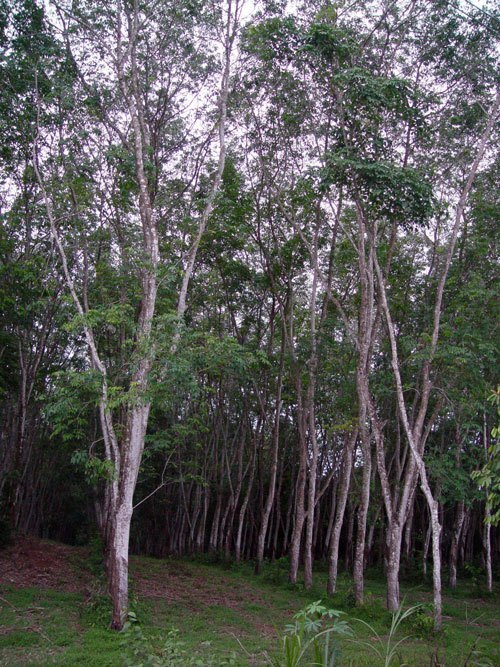
Ficus Elastica are vulnerable to pests, including mealy bugs, aphids, scale, white fly and mites. If possible, identify the infestation as early as possible and treat with the least toxic option.
Varieties
The most common F. Elasitca is the ‘Decora’ Cultivar. This is the common rubber tree with green glossy leaves with a bronze/reddish color on the undersides. In general, F. Elastic is grown for its glossy and large leaves.

Having discovered a fondness for insects while pursuing her degree in Biology, Randi Jones was quite bugged to know that people usually dismissed these little creatures as “creepy-crawlies”.

